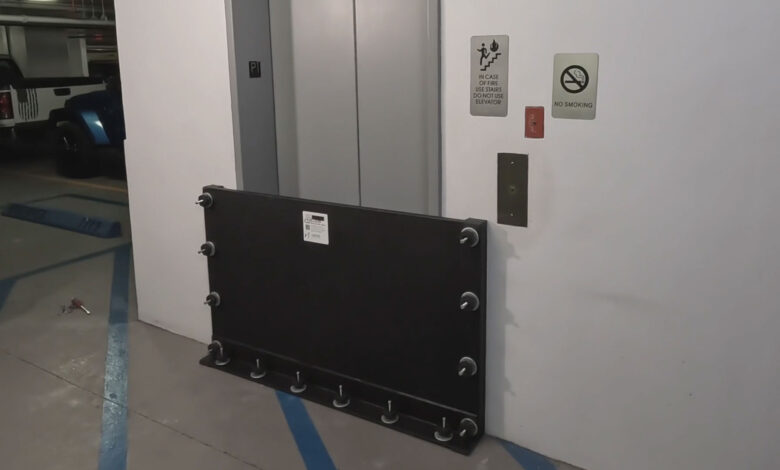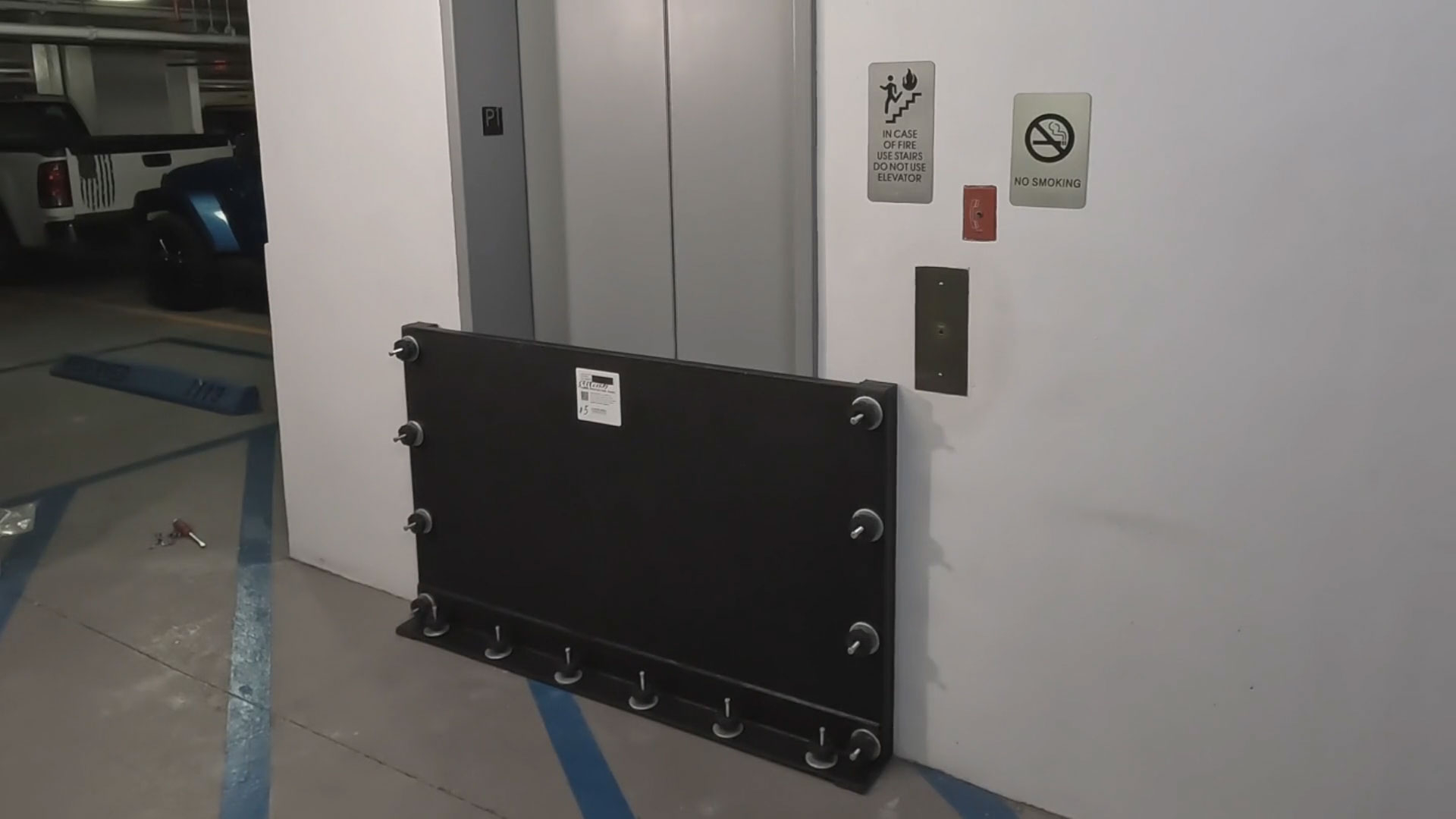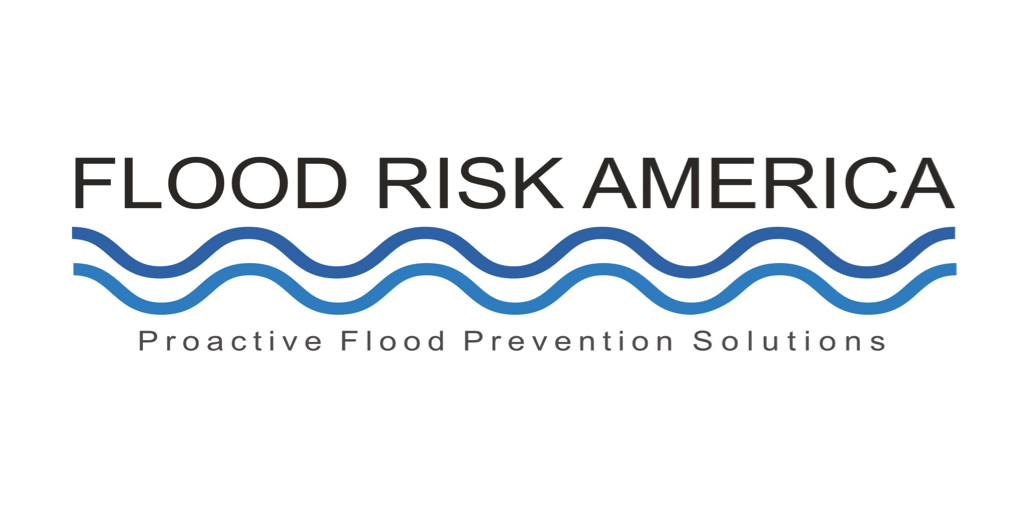
LAKE WORTH, Fla.–(BUSINESS WIRE)–#climatechange–The financial toll of climate disasters is rising, with the cost of large-scale climate-related events in the U.S. surging from $21.8 billion per year in the 1980s to $123.2 billion per year in the past five years. The business case for adaptation is clear – those who act now will be better positioned to navigate the challenges ahead.
The frequency and severity of flood events have surged across the globe, driven by stronger storms, rising sea levels, and shifting weather patterns – all consequences of climate change. Unfortunately, climate-driven disasters are happening faster than initially forecasted. Businesses must take proactive measures to adapt and protect their assets.
Understanding Flood Risk Mitigation, Adaptation, and Resilience
Before implementing flood protection strategies, it’s important to understand the three core concepts that shape effective flood management:
- Flood Mitigation – Refers to flood prevention methods like barriers, drainage upgrades, and smart land use.
- Flood Adaptation – Adjusts businesses and infrastructure to handle changing flood risks, such as elevating assets and using flood-resistant designs.
- Flood Resilience – Ensures quick recovery with emergency plans, response systems, and financial safeguards.
The World Economic Forum’s January 2023 white paper, Accelerating Business Action on Climate Change Adaptation, outlines how critical it is for businesses to integrate climate risk considerations into decision-making. Here are five key ways to safeguard your business from rising flood risk.
1. Integrate Climate Risk into Business Strategy
Flooding is no longer an isolated or rare event. The Intergovernmental Panel on Climate Change (IPCC) has reported that human-caused climate change has increased the frequency and intensity of extreme weather events worldwide. Businesses need to factor climate risks into every maintenance and investment decision.
2. Invest in Flood Protection Measures
Physical flood protection is one of the most effective ways to mitigate flood risk. Businesses should consider:
- Installing flood barriers and panels
- Implementing proper drainage systems
- Elevating critical infrastructure
Investing in flood protection measures now can prevent costly damages and business disruptions in the future.
3. Develop a Comprehensive Flood Emergency Plan
A well-structured flood emergency plan can make the difference between a swift recovery and prolonged downtime. Businesses should:
- Identify flood-prone areas within their facilities with a professional flood risk assessment.
- Establish clear roles and responsibilities for employees in the event of a flood.
- Train staff on emergency response procedures.
- Ensure access to emergency flood deployment resources. With proper planning, businesses can significantly reduce the impact of flooding and maintain operations during extreme weather events.
4. Strengthen Partnerships Across the Value Chain
With climate hazards increasingly disrupting global value chains, collaboration is key. Building strong partnerships, including working with local governments, suppliers, and community stakeholders, helps businesses adapt to climate risks.
5. Utilize Science and Data for Proactive Decision-Making
One of the greatest gifts science provides is time. Through climate modelling, businesses can forecast future risks and take preventative action. Leveraging real-time data and predictive analytics can help:
- Identify flood risk zones.
- Implement early warning systems.
- Optimize insurance strategies to mitigate financial losses.
Building strong partnerships helps businesses adapt to climate risks. By integrating climate risk into decision-making, investing in flood protection, and fostering strategic partnerships, businesses can build resilience and safeguard their future against the increasing threat of floods.
Flood Risk America is a team of flood experts specializing in comprehensive flood management solutions. From high-quality flood protection products to flood risk assessments and customized emergency response plans, FRA helps businesses and communities safeguard their properties against rising water threats.
Contacts
(561) 578-4220
[email protected]





